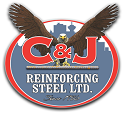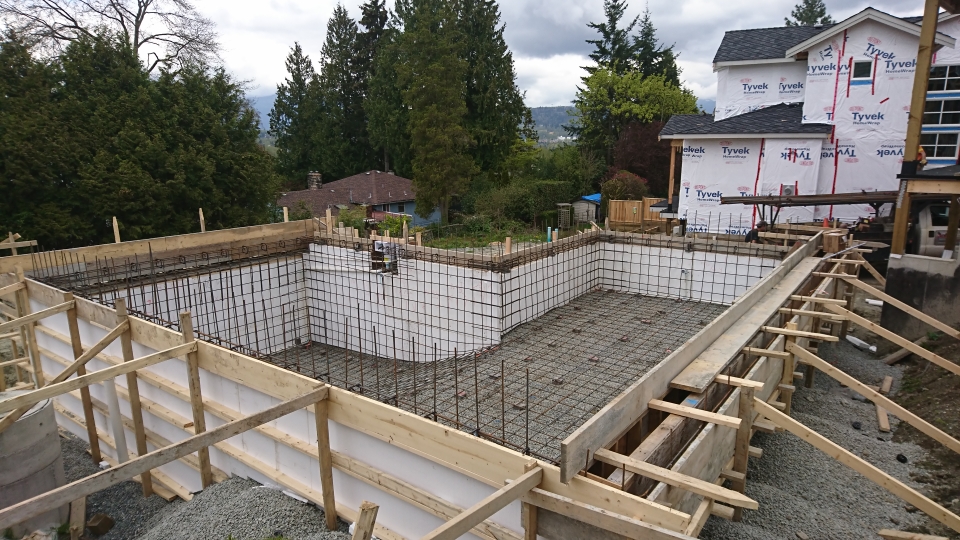While swimming pools can come in a variety of shapes, sizes and locations, the one component that all of the best swimming pools have is they are constructed with concrete. Concrete not only has lasting power, it can be specifically designed with the ideal shape in mind, in order to accompany your pool’s location, as well as the landscape layout.
Now, three construction variations are commonly used for concrete pools; these are precast, another is cast-in-place technique, but the most prevalent variety is steel reinforced shotcrete gunite.
Typically shotcreting, which has a plastic lining that rests on the embankment of a dug out area, can be less expensive. But where there isn’t appropriate embankment walls, and where this type of construction may be unstable or prone to external pressure, then precast manufacturing would be more prudent, as well as economical.
However, with all structural issues being equal, shotcrete is almost always the choice of steel reinforcement companies, such as C&J Reinforcing, who are residential steel rebar installation specialists. The reasons being that no other structural materials offer the same versatility, durability, and level of cost per square foot. As well, other benefits are that shotcreting may be applied to an unlimited number of shapes, allowing installation companies and architects the flexibility how where to install an inground pool. Further, forming is generally not required.
Another component of shotcreting that is a strength of pool construction is that reinforcing steel and concrete work very well together because they bond, concrete offers the steel reinforcing rebar corrosion protection, and they both have similar temperature expansion characteristics.
So what are the critical elements for swimming pool rebar installation? A key is to ensure that the bar size and spacing are clearly identified on any structural plan, as well as the grade of the bar. Further, the coverage of the steel reinforcing must also be specified to match code requirements.
And other key aspects of installation that most all steel rebar experts know, and why this is a very tough do-it-yourself type of project, is the tying of the rebar, the proper encasement within the shotcrete, the specific rebar size and spacing meets local municipal building code requirements, so as to have the entire rebar system acting as a single unit, so to speak.
And finally, when looking at building out an inground pool for your home, certain structural issues come into play that can minimize or dramatically impact the construction of your pool. Components such as soil and water pressure, unsuitable soil where the proposed pool would be constructed, as well as any adjacent structures. These all will impact the amount of reinforcing steel to be used, the amount of gunite to be used, and would therefore increase overall installation costs.


